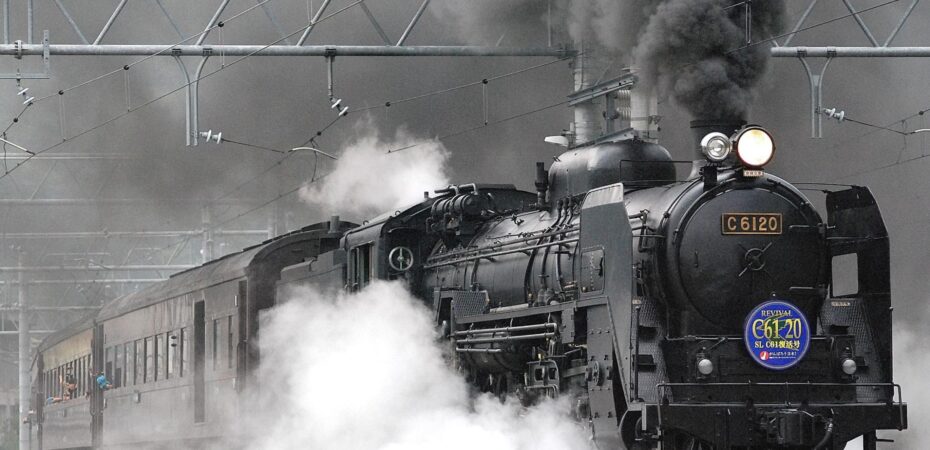RLWL Meaning in Railway
Ever tried booking a train ticket and stumbled upon the term RLWL? You’re not alone. I’ll be breaking down what RLWL means in the railway context, so you won’t be left scratching your head the next time it pops up during your booking process.
What is RLWL in Railway?
Peeling back the layers of railway ticket booking, we delve into one term that often pops up on reservation charts – RLWL. Standing for Remote Location Waitlist, it’s not just a technical term. For millions of railway passengers, understanding RLWL could be the difference between a confirmed journey and an unexpected surprise.
You see, the RLWL system is a unique feature of the Indian Railway network. When you’re booking a ticket, it’s not uncommon to come across RLWL followed by a set of numbers. This gives the impression of a complex code, but it’s actually pretty simple. These numbers indicate the waiting list status of your booking.
Typically, routes with large distances or popular destinations tend to have a multitude of stopovers. It’s at these stopovers where tickets are often issued for the journey towards the final destination. But when these tickets become limited, the Railways turn to the waitlist—specifically, the Remote Location Waitlist.
Here’s the exciting part. The RLWL functions based on the principle of specific quotas for stations along the route. Certain stations are allocated a dedicated number of seats. Now, when you book a ticket to or from one of these stations, you’re essentially tapping into this “Remote Location” quota. However, if the quota is all booked out, your ticket goes into the RLWL category.
It’s important to note that as a traveller, the RLWL status of your ticket can affect the likelihood of your reservation getting confirmed. But we’ll delve deeper into that in the upcoming sections. As of now, consider RLWL as an escape route when regular ticket quotas dry up.
Being part of the RLWL isn’t a guarantee of a seat, but it’s not a dead-end either. It’s a tightrope walk, with your journey hanging in the balance until the ticket gets confirmed or not. So, as we wade further into the realm of railway ticketing, keep an eye out for tips and tricks around RLWL to give yourself a better shot at confirming your journey.

How does RLWL work?
Understanding how Remote Location Waitlist (RLWL) works can help you maximize your chances of securing a confirmed seat. It’s a different ball game entirely compared to the normal booking system, but don’t worry, I’ll lead you through it.
Booking process for RLWL tickets
When you’re booking your train tickets and the system shows RLWL, know that this is unique to that specific commute route. It’s typically seen in long-distance commutes where the train goes through multiple changes in routes. RLWL is set for important stopovers (stations) along these routes. Your chances of getting a confirmed seat are usually higher as RLWL quotas are primarily for passengers traveling from the source station to these remote locations.
In the ticket itself, RLWL status is followed by two numbers. The first number tells you the number of passengers on the waitlist when you booked your ticket, while the second number represents your current position in the waitlist.
Waitlist movement in RLWL
For RLWL, the waitlist movement is related to cancellations done in the remote location quotas, meaning if a passenger who has a confirmed ticket for these stops cancels, it paves the way for passengers on the RLWL.
Every time a ticket gets cancelled anywhere from the start station to these important stopovers, passengers on the RLWL get to move up the queue.
This way, you get to track the movement of your waitlist position and perhaps anticipate if you’re likely to get a confirmed seat or not.
In essence, RLWL has its advantages if you’re boarding the train from the source station and alighting at one of these important stopovers. Make sure you grasp how the system works and you’re halfway there already. Next, we’d take a look at what happens when RLWL extends beyond the chart preparation time.
Advantages of RLWL
So there you have it. RLWL is a system that’s been designed to benefit passengers traveling to important stopovers on long-distance routes. It’s a complex system, but understanding how it works can improve your chances of securing a confirmed seat. While it’s true that the movement of the waitlist depends on cancellations, passengers boarding from the source station and alighting at these key locations stand to gain the most. So next time you’re planning a long train journey, don’t be disheartened if you come across RLWL during your ticket booking. Remember, it’s not just a waitlist, but a system that could work in your favor.


 By
By 





